Weekend Diversion: The Best Moon Photos Of All
NASA just posted all 8,400 photos from all 12 Apollo missions to Flickr. Here are the best in full, original resolution.
“Suddenly, from behind the rim of the Moon, in long, slow-motion moments of immense majesty, there emerges a sparkling blue and white jewel, a light, delicate sky-blue sphere laced with slowly swirling veils of white, rising gradually like a small pearl in a thick sea of black mystery. It takes more than a moment to fully realize this is Earth . . . home.” –Edgar Mitchell, Apollo 14
There are few sights in the history of humanity that evoke that same feeling of awe, wonder and inspiration as that brief time — before many of us were even alive — where we ventured beyond the tethers of Earth’s gravitational pull to explore the next-nearest world in the Solar System: our Moon. It’s long been a source of inspiration for scientists, poets, writers, dreamers, lovers and singers alike, as Nick Drake would remind you with his song, Pink Moon.
But it’s been over forty years since humanity has ventured out of low-Earth orbit, and the descriptions, videos and images from the Apollo program are the last memories we have of that bygone era. Despite all our advances:
- technologically and scientifically, with the advent of computers, advanced chemistry, bioengineering and more,
- economically, with the incredible growth of productivity, GDP and our global financial wealth,
- and politically, with the end of the cold war, and the rise and prosperity of many nations across the world,
we have yet to return to that former glory.

Perhaps we all need a reminder of what the sacrifices were, what we accomplished by banding together to achieve a common goal, and what we could all gain by doing so once again. NASA has done their part — quite incredibly — by releasing all the photos of the twelve Apollo missions that made it to space on a publicly available Flickr photostream, sorted into a series of incredible albums by mission.


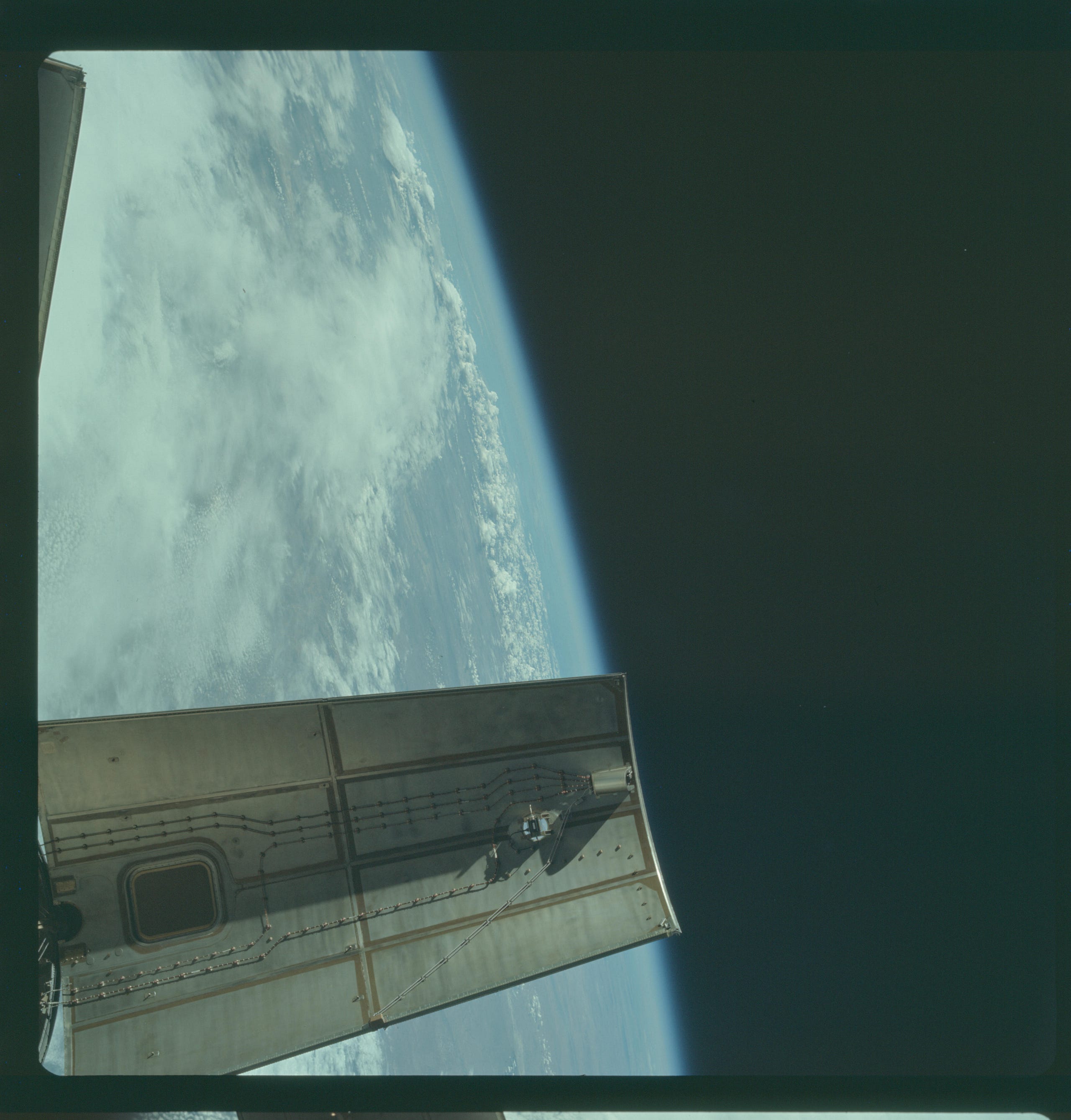
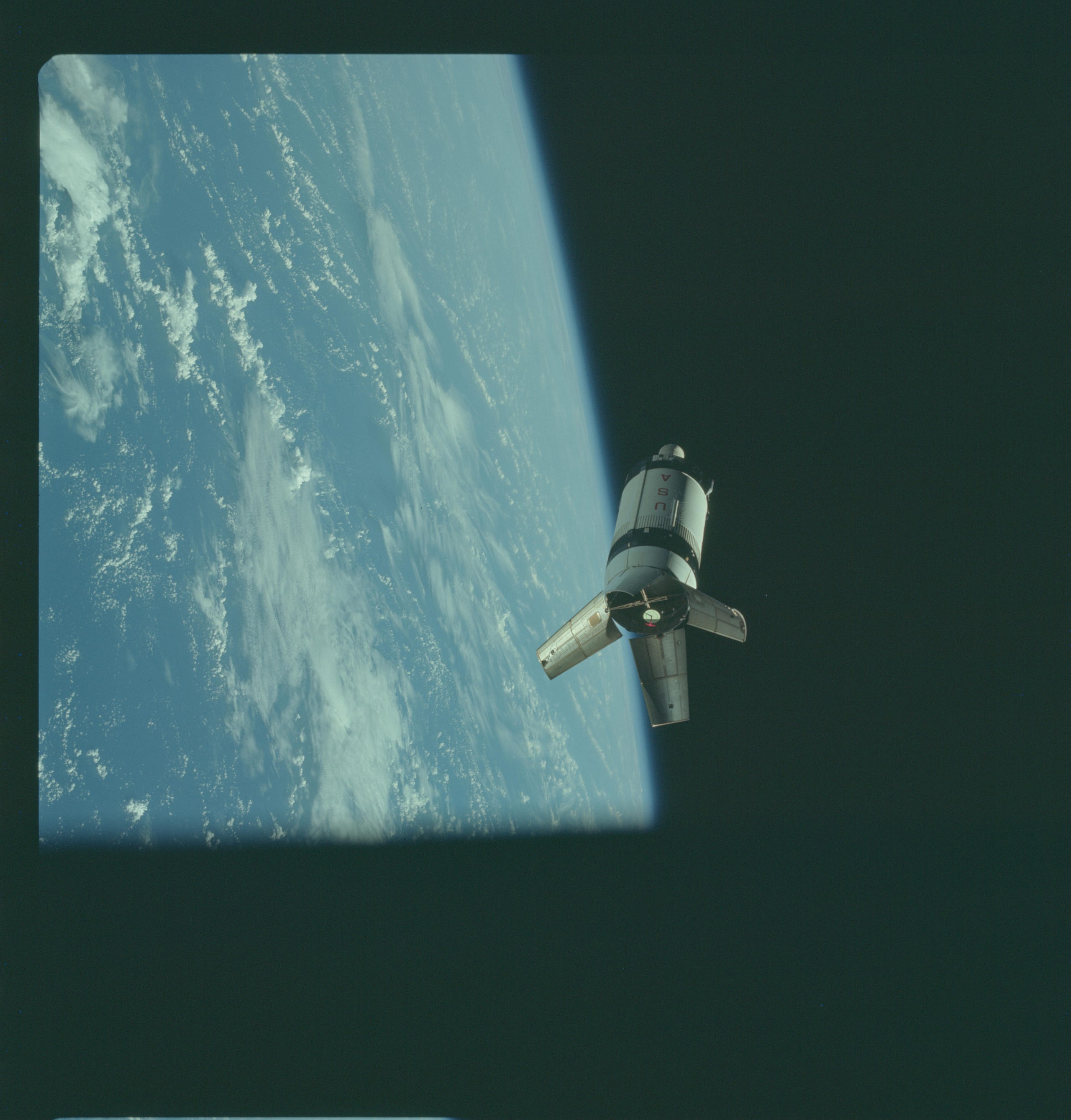
Many of you will notice, quite puzzlingly, that this doesn’t begin with Apollo 1, but with Apollo 7, which itself occurred in October of 1968 and only orbited the Earth, never leaving its gravity. The three crewmembers on board — Wally Schirra, Donn Eisele and Walt Cunningham — fulfilled the objectives of what was supposed to be the Apollo 1 mission, which was scrapped due to a catastrophic fire that killed all three crewmembers during a training run.
The ensuing delay resulted in the reorganization of Apollo priorities, and so Apollo 2 through Apollo 6 were all uncrewed missions. But with the success of Apollo 7, Apollo 8 — just two months later — went in orbit around the Moon.


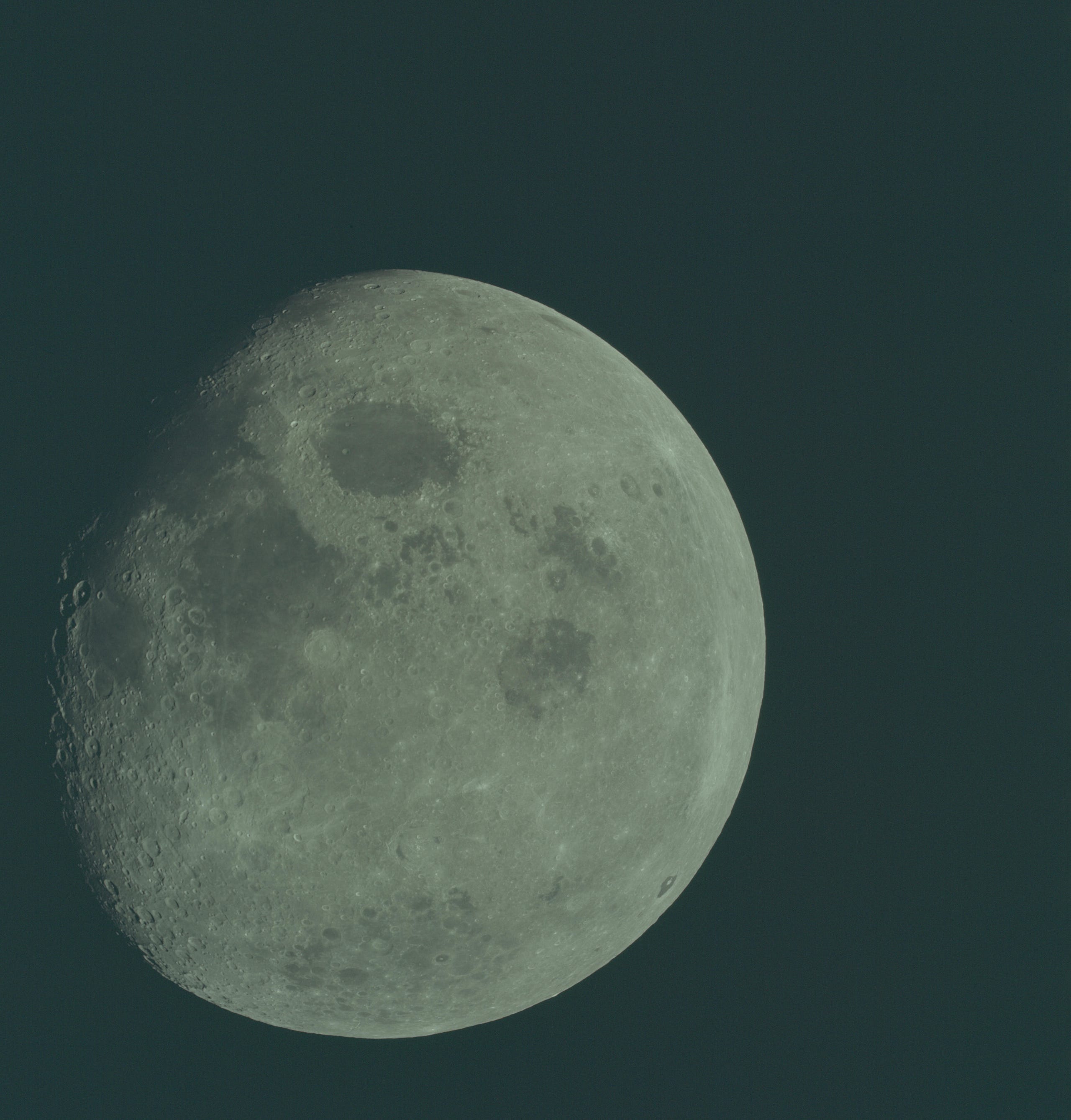


Some of the greatest, most eye-opening photos, stories and quotes came back from that mission, including some of Bill Anders’ gems:
“You could see the flames and the outer skin of the spacecraft glowing; and burning, baseball-size chunks flying off behind us. It was an eerie feeling, like being a gnat inside a blowtorch flame.”
“I think Isaac Newton is doing most of the driving now.”
“We came all this way to explore the Moon, and the most important thing is that we discovered the Earth.”
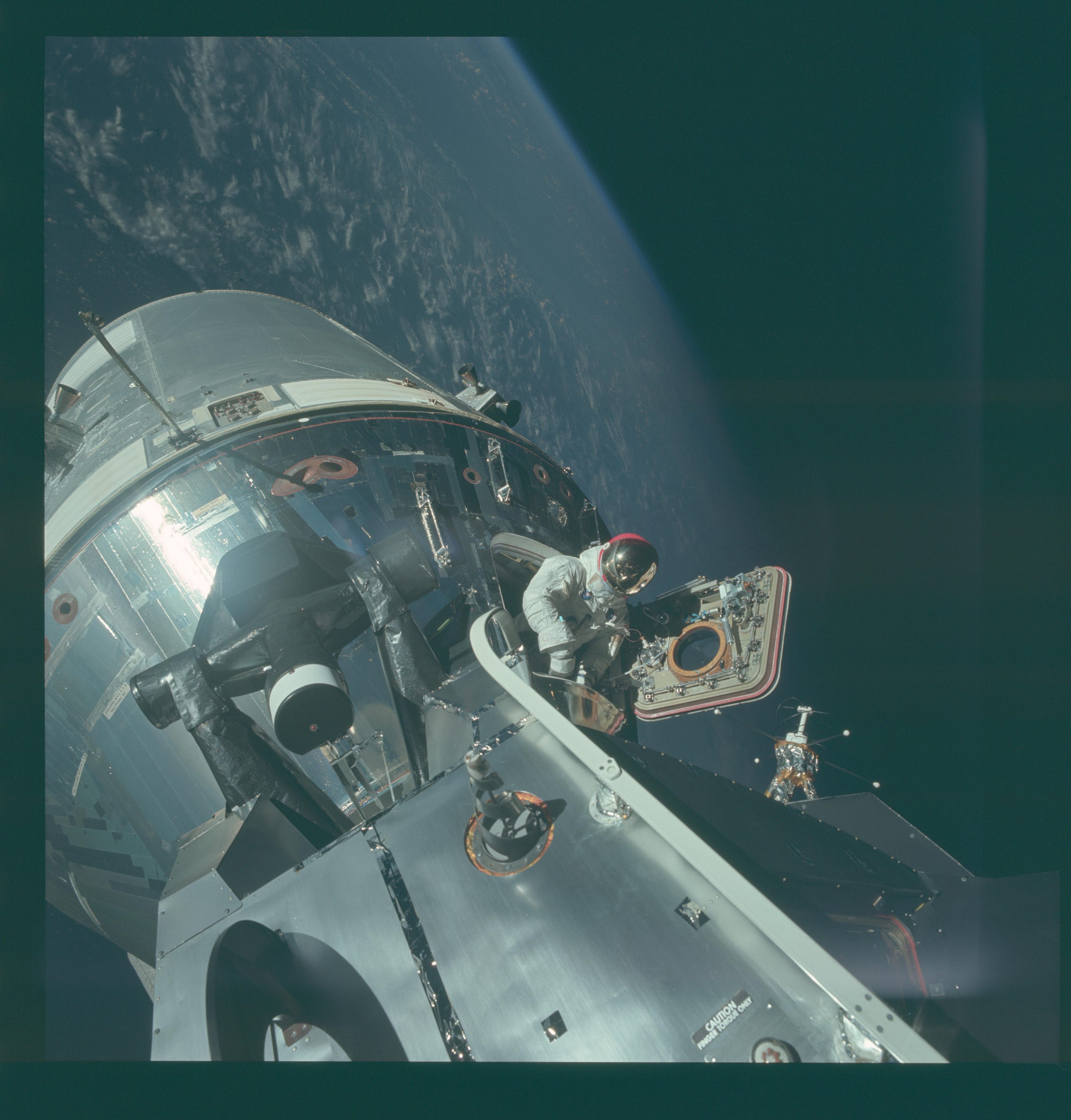
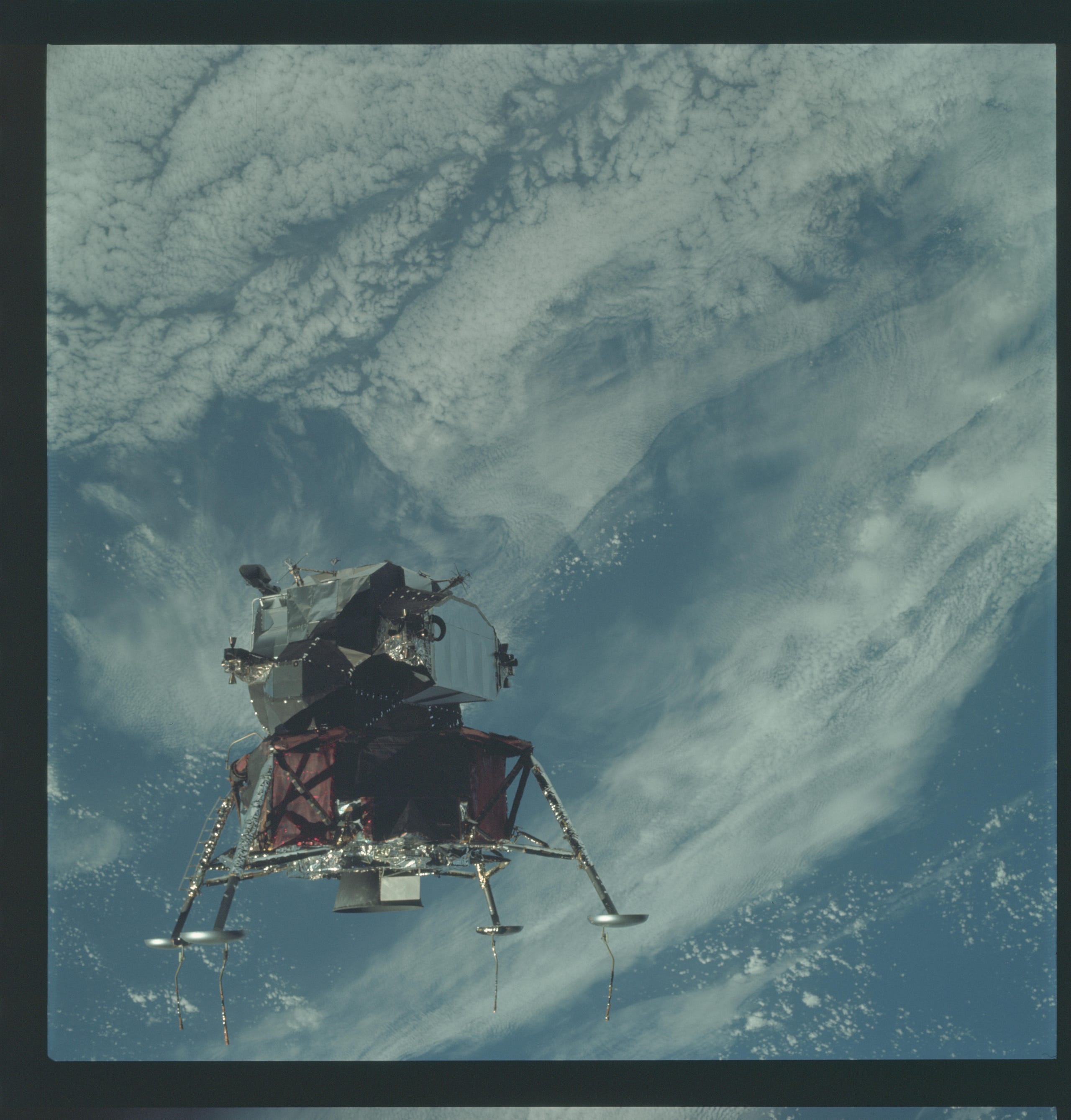
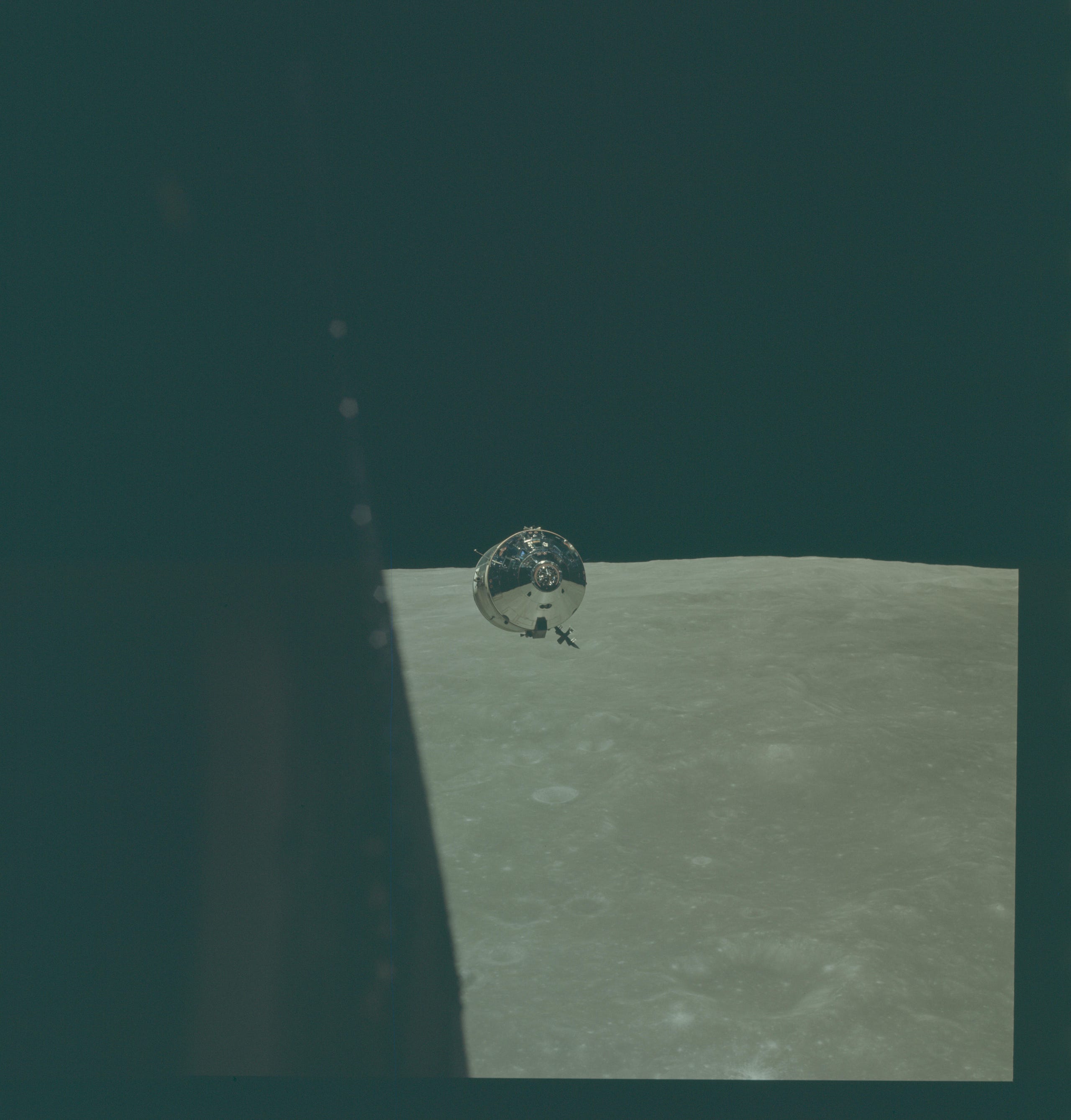
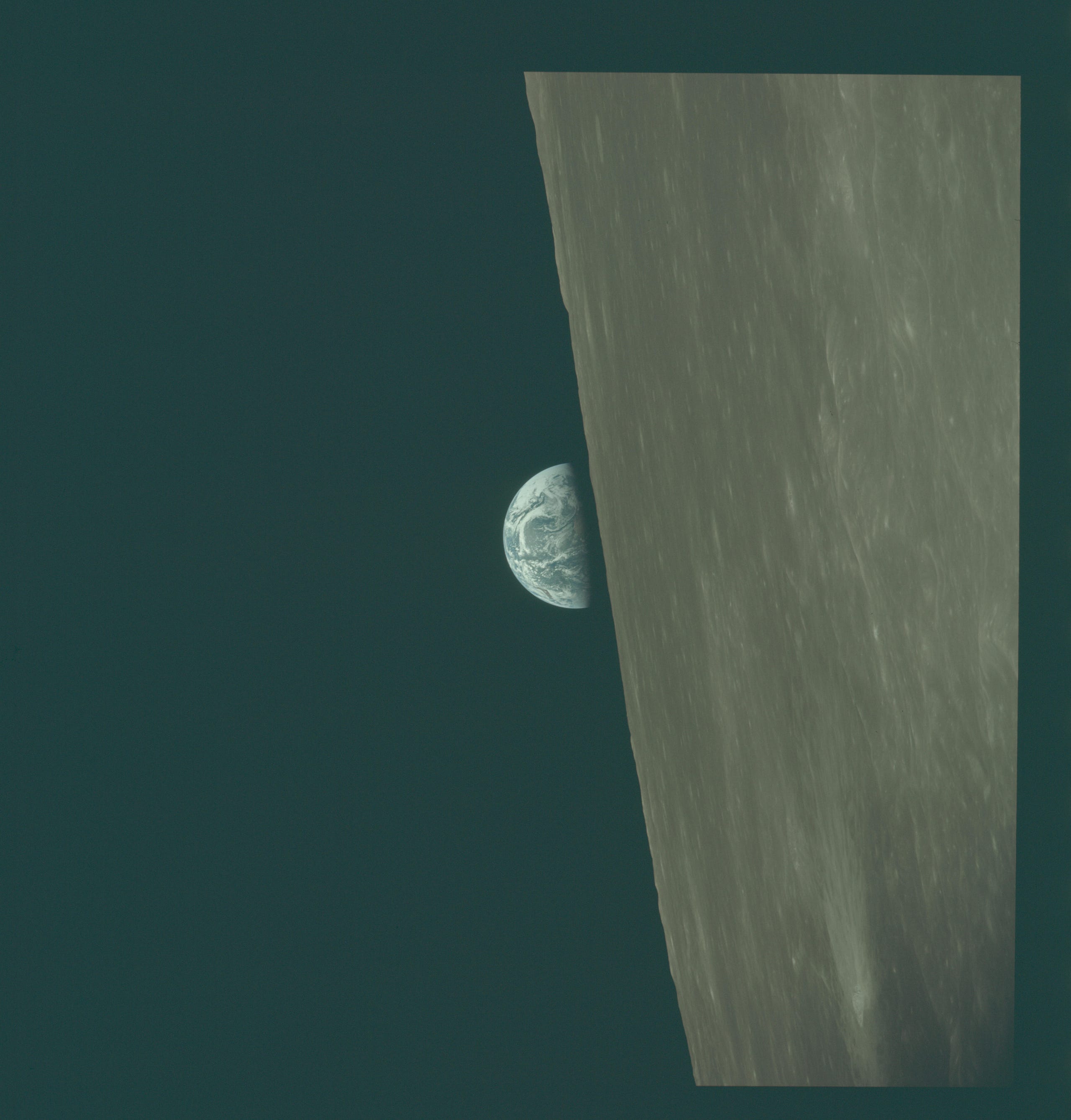
Apollo 9 and Apollo 10 were tremendous successes: flying, undocking and docking the lunar module, performing EVAs (or spacewalks), with Apollo 10 coming within miles of the lunar surface and serving as the “dress rehearsal” for the actual first Moon landing.
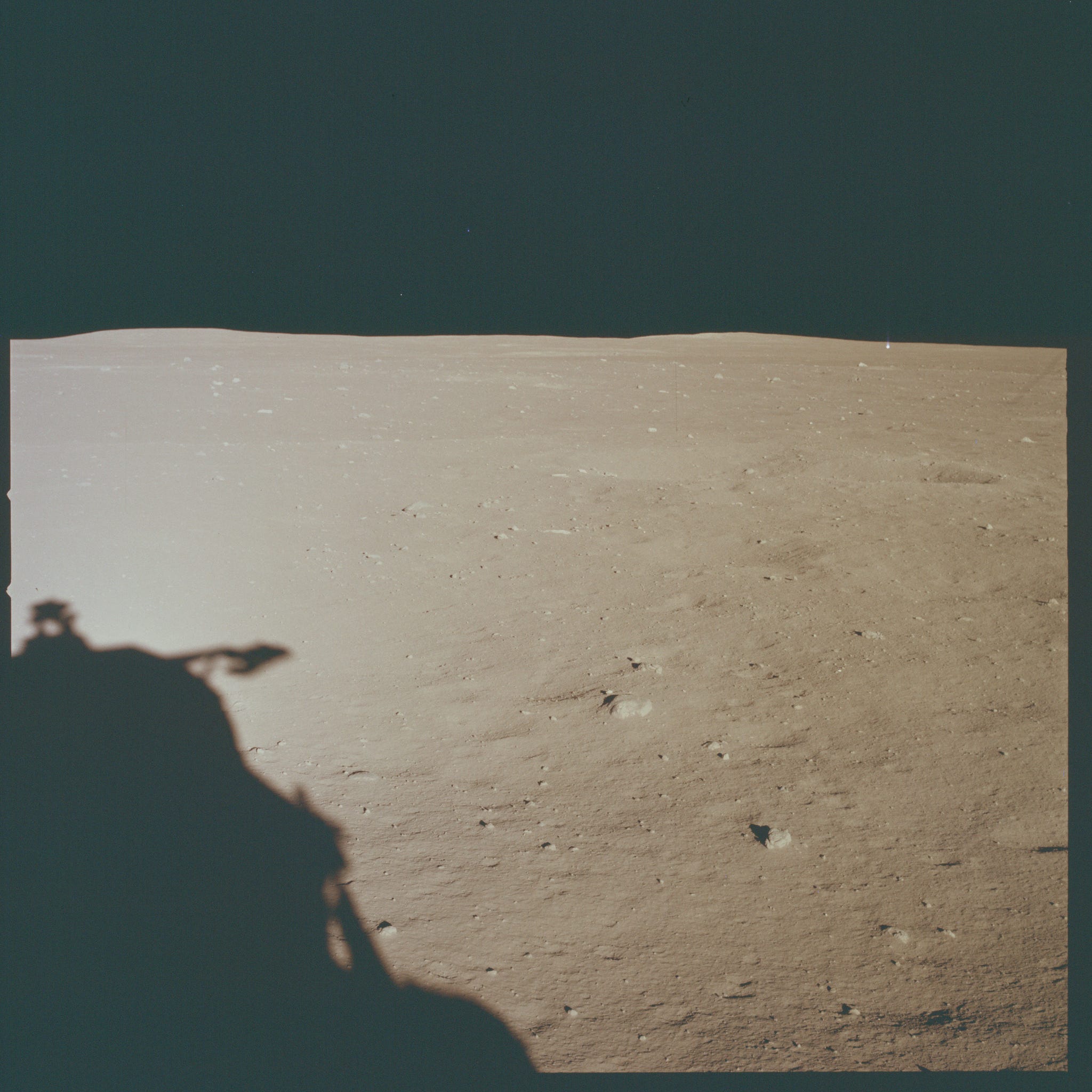

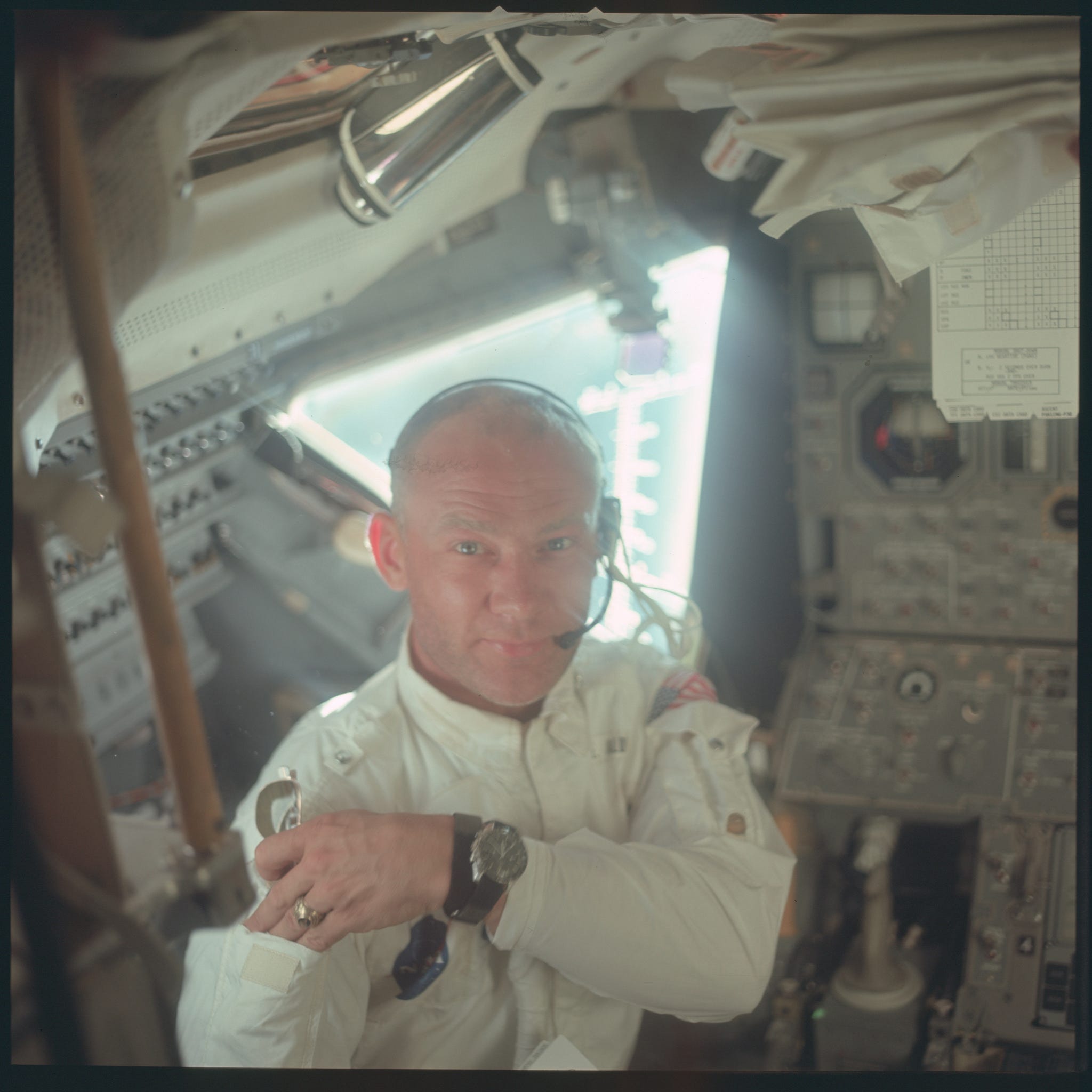
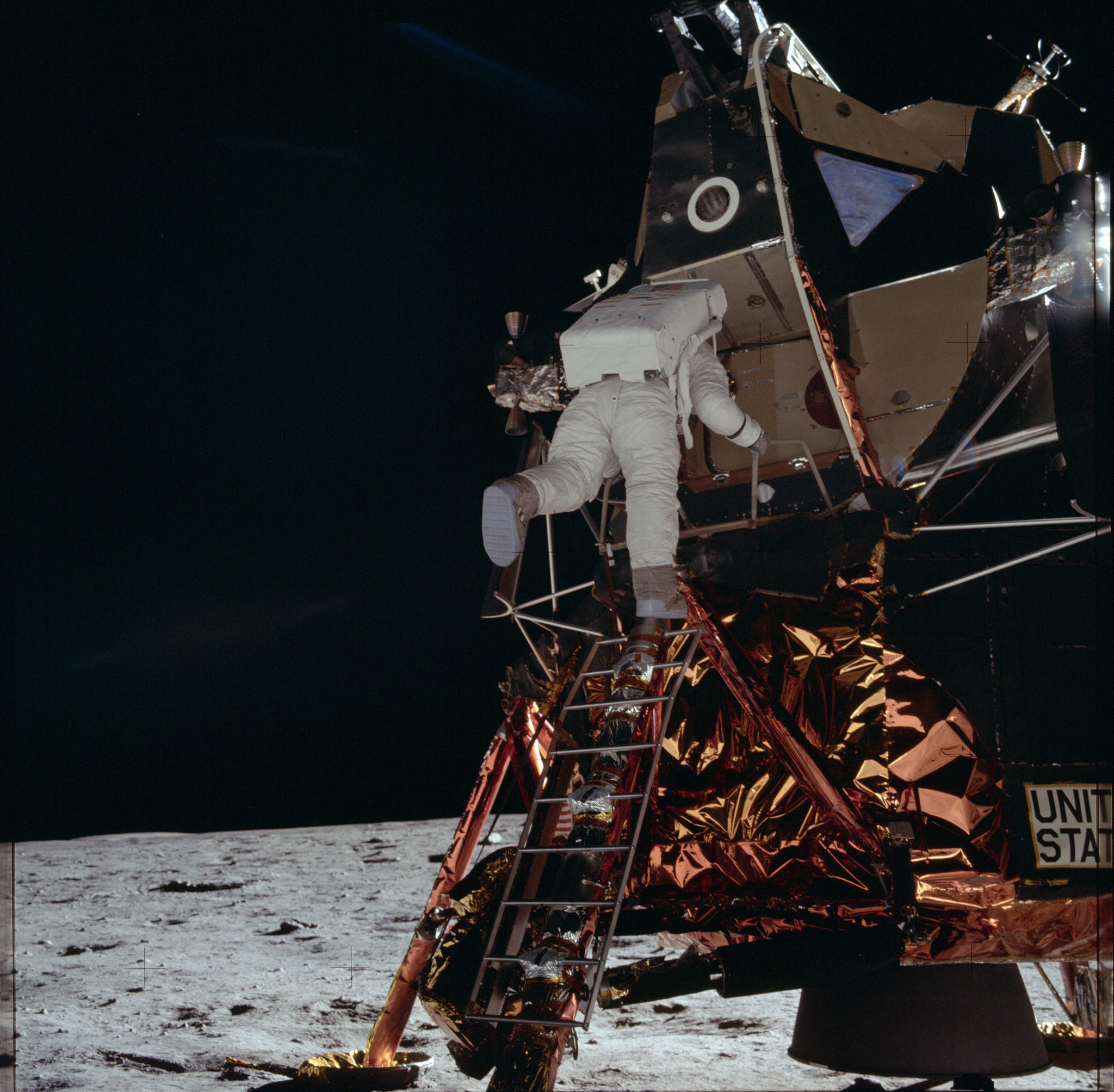
Apollo 11 was the first successful moon landing — the really famous one — with Neil Armstrong and Buzz Aldrin walking on the Moon, and Michael Collins orbiting above in the command module.
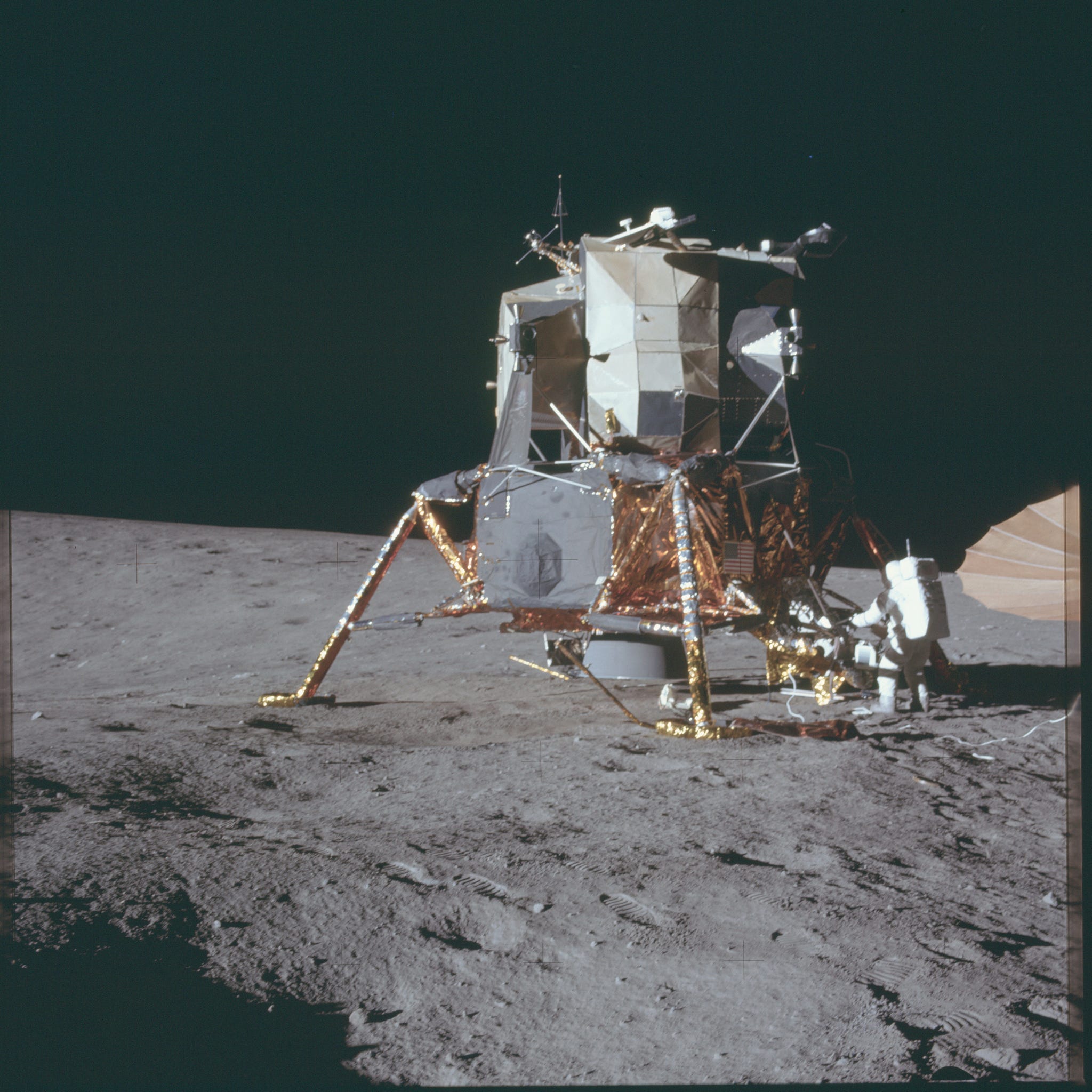

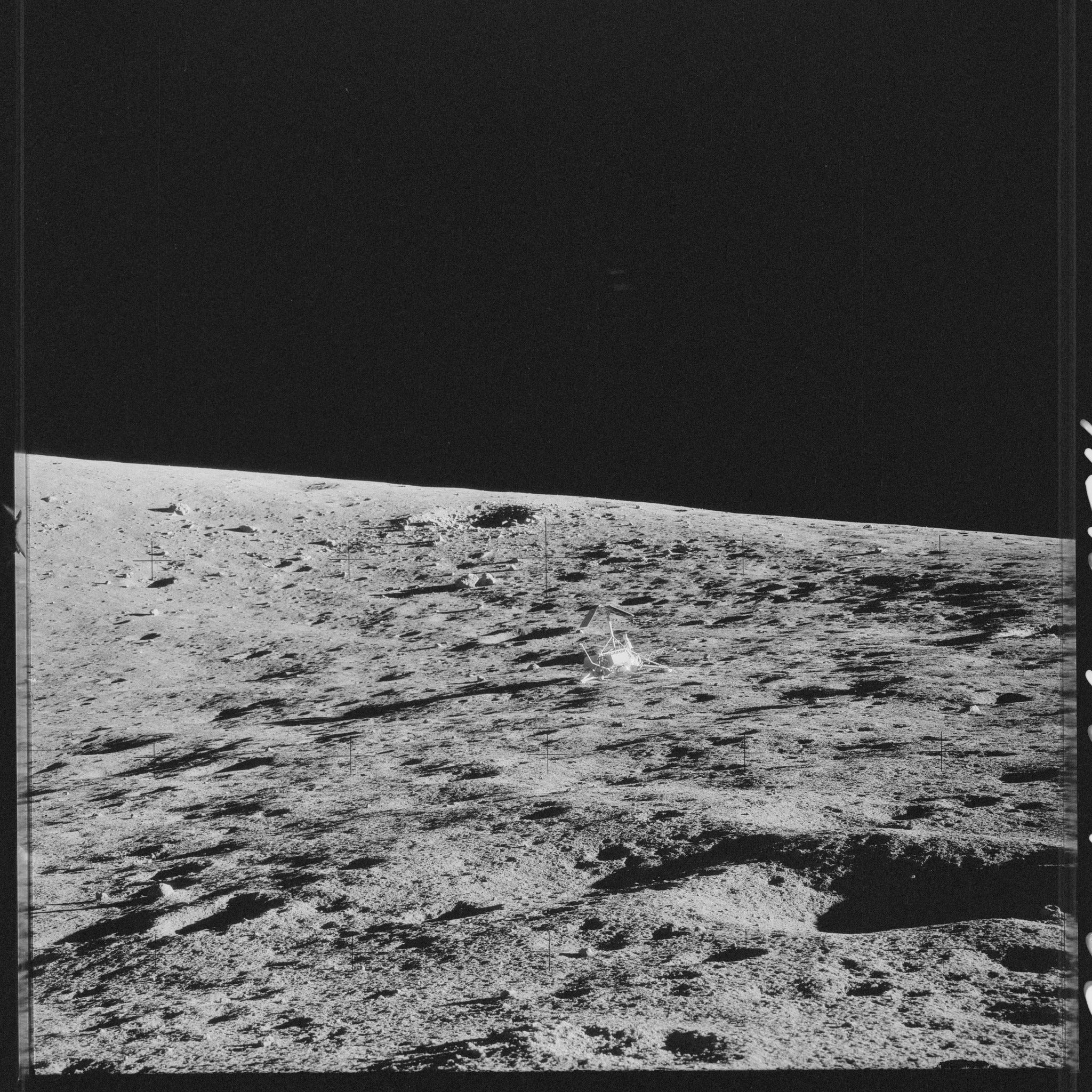
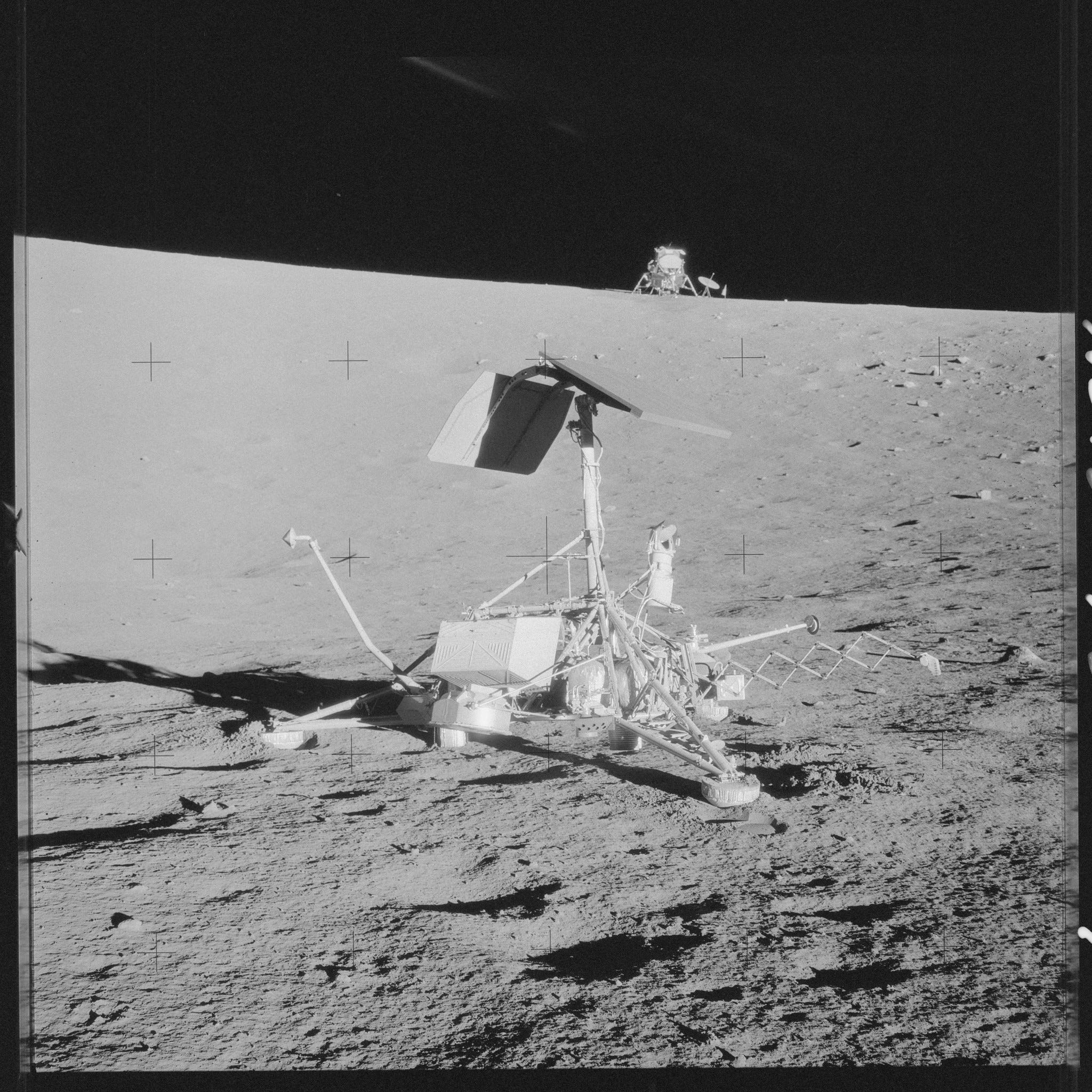
A few months later, Apollo 12 became the first precision landing on the Moon, where the astronauts landed at the exact desired location: where the robotic Surveyor 3 probe had landed two years earlier. The strides we were making were tremendous.
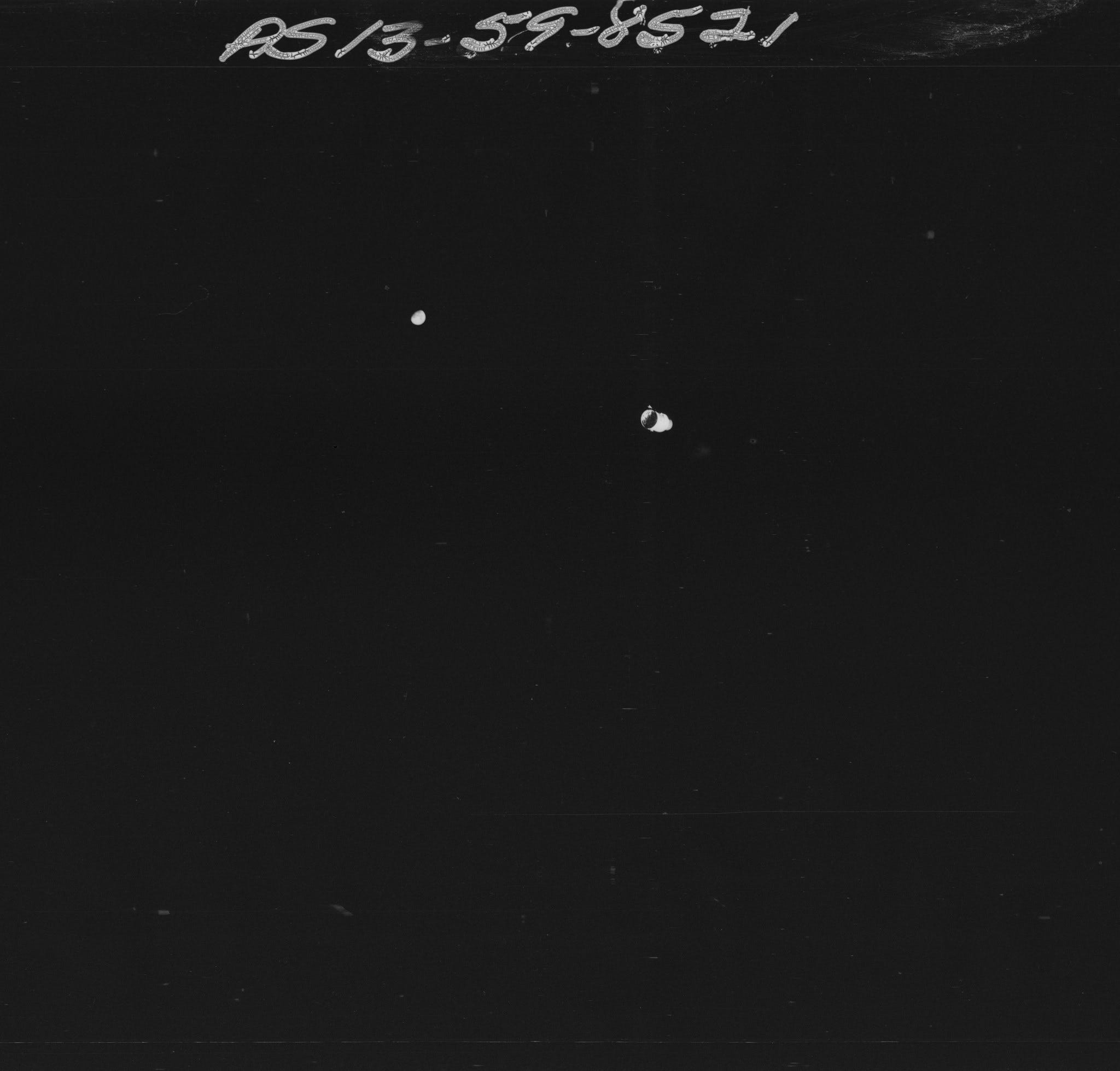

Apollo 13 was the famed near-disaster mission, where the crew was not only unable to land on the Moon, but they had to stave off death many different times in many different ways, returning home safely thanks to the tireless work of everyone involved in space and on the ground.
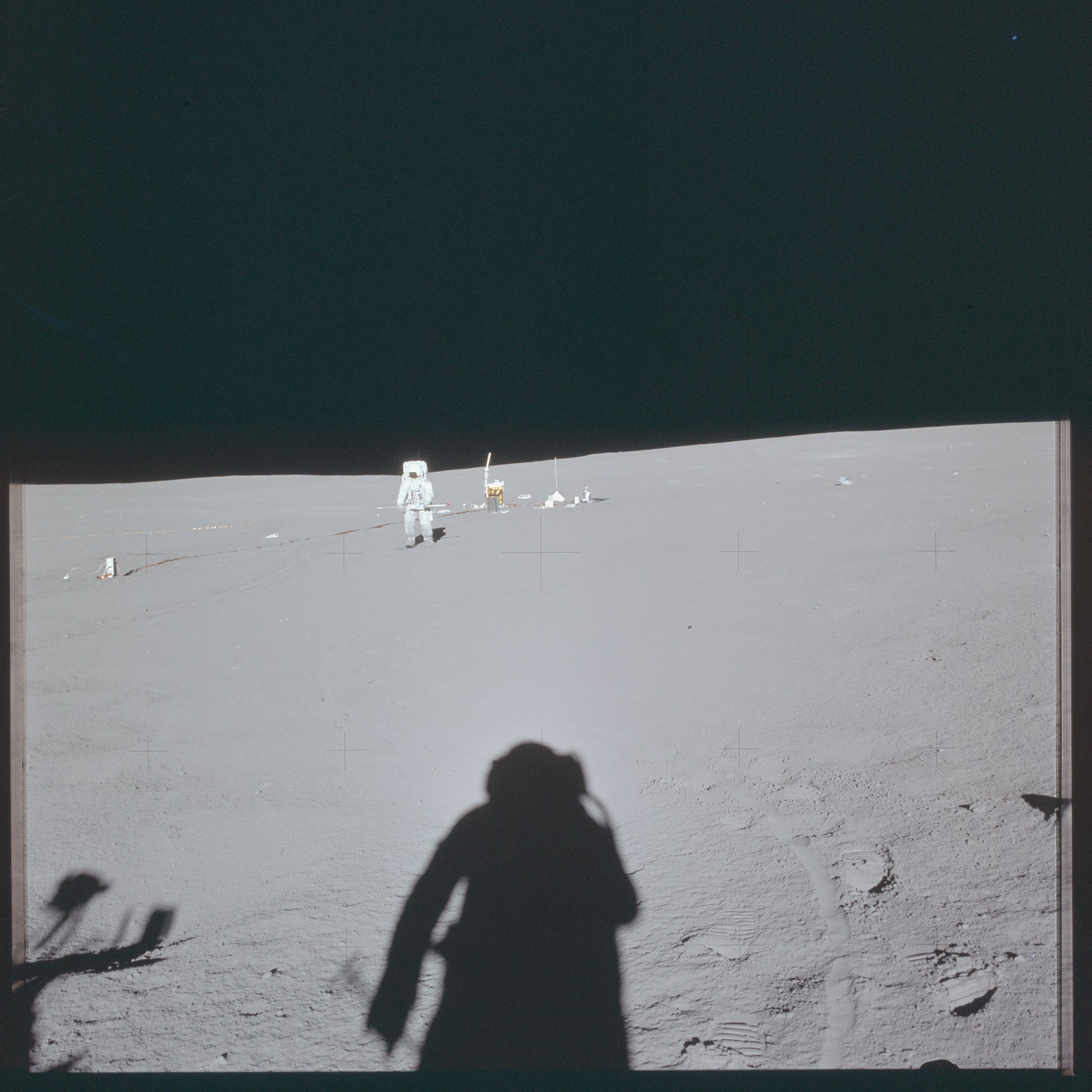
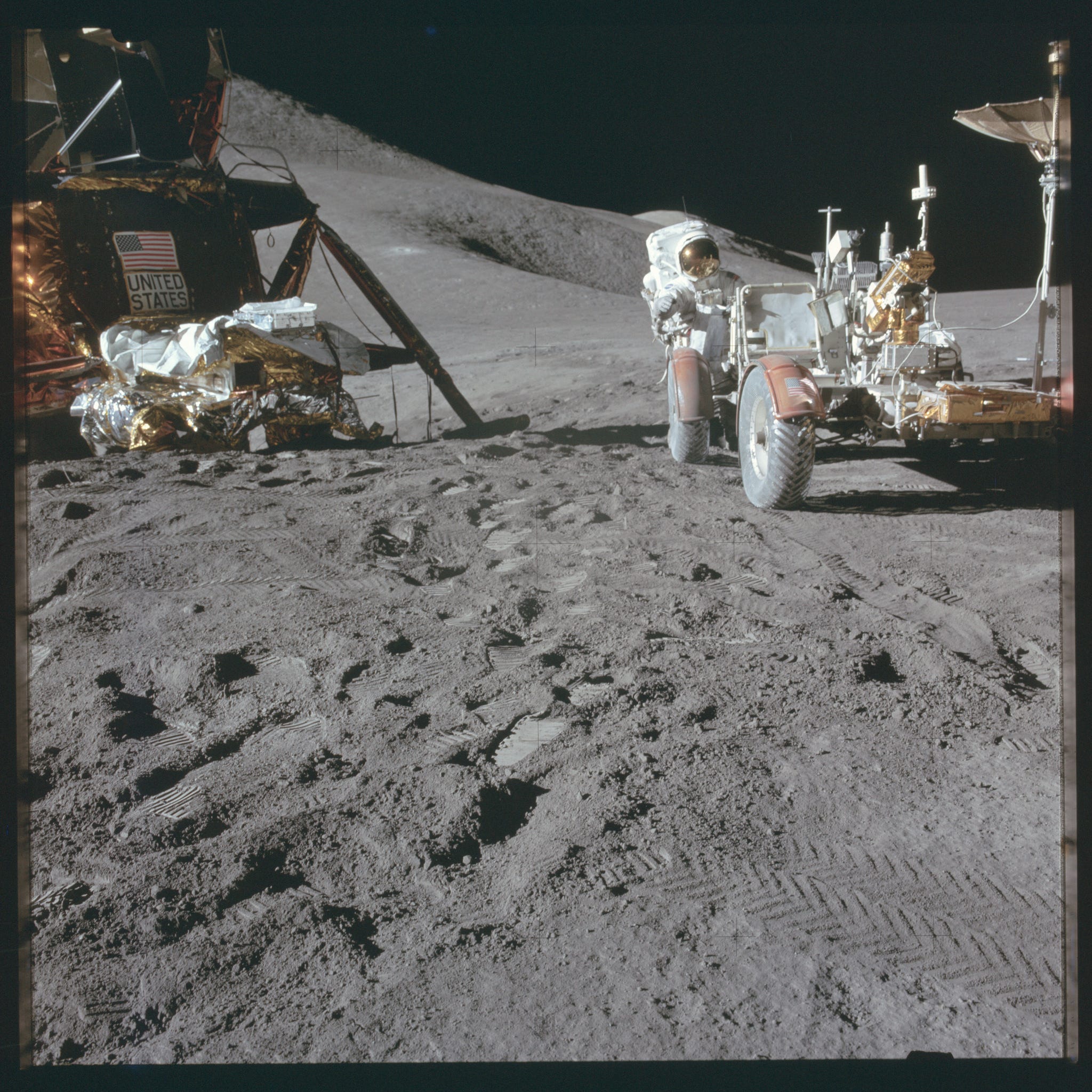
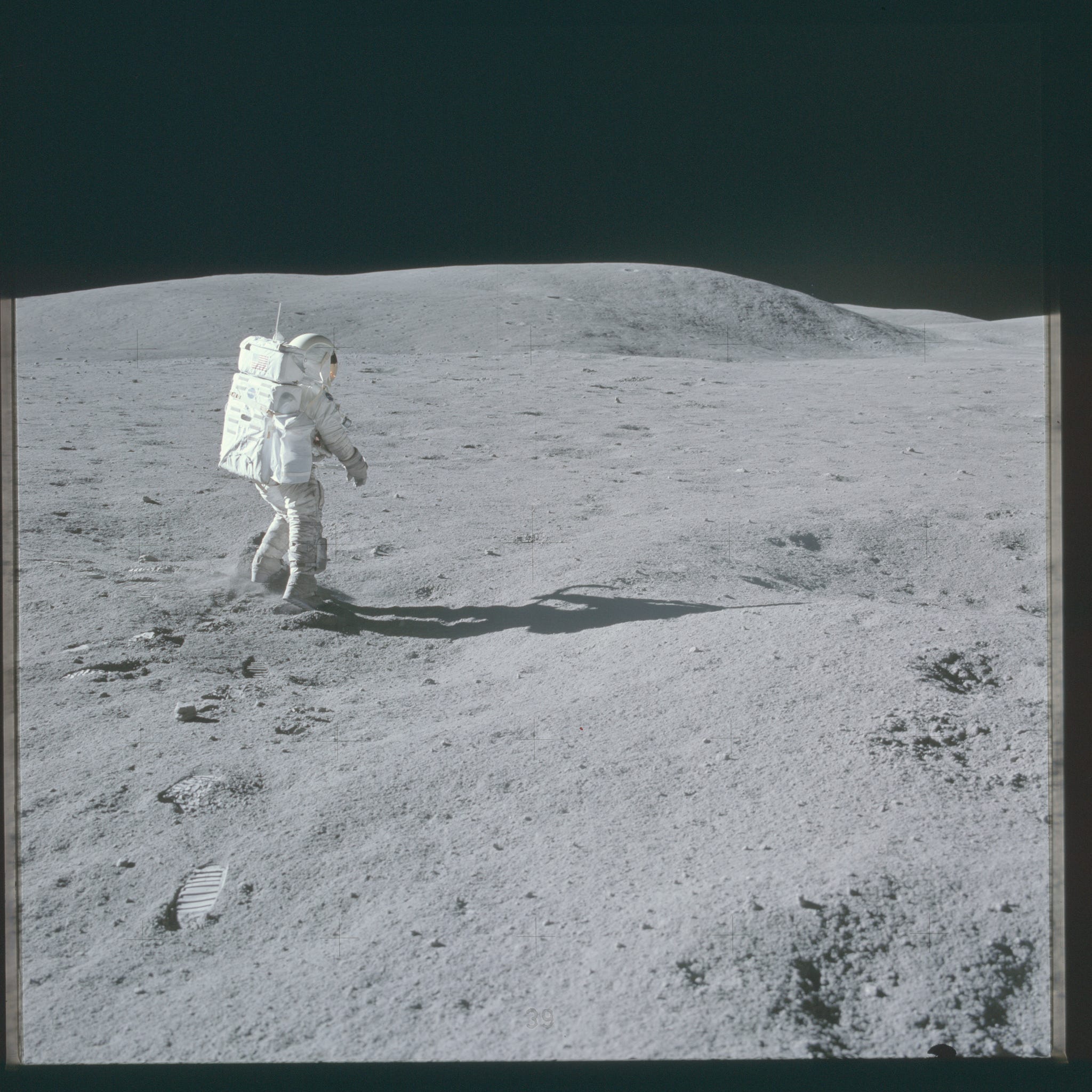

There were four subsequent moon landings — Apollo 14 through Apollo 17 — where improved camera technology allowed for some of the most spectacular pictures ever taken. Since Harrison Schmitt and Gene Cernan left the Moon in December of 1972, not only have no humans ever been back, but no human has left low-Earth orbit ever since.
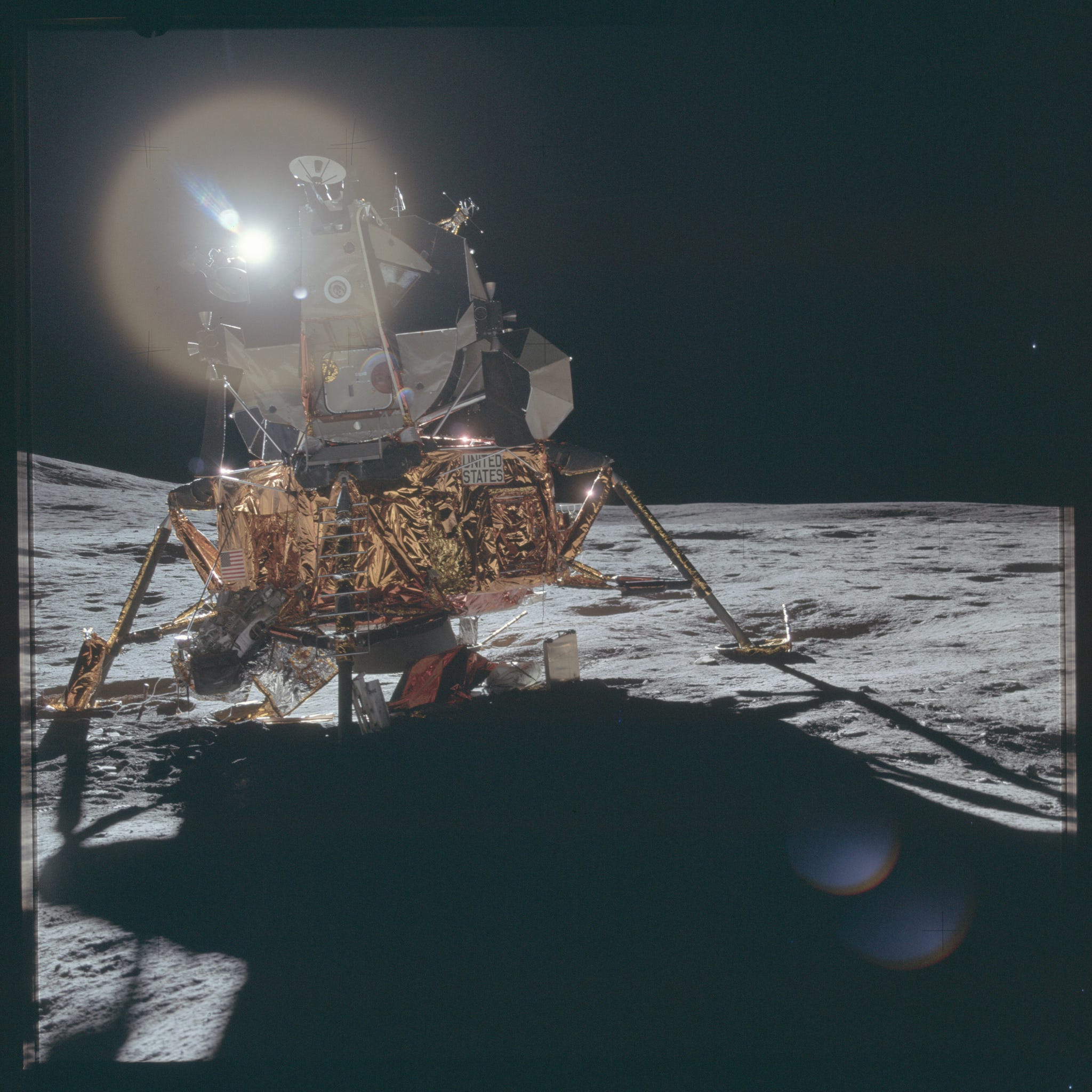
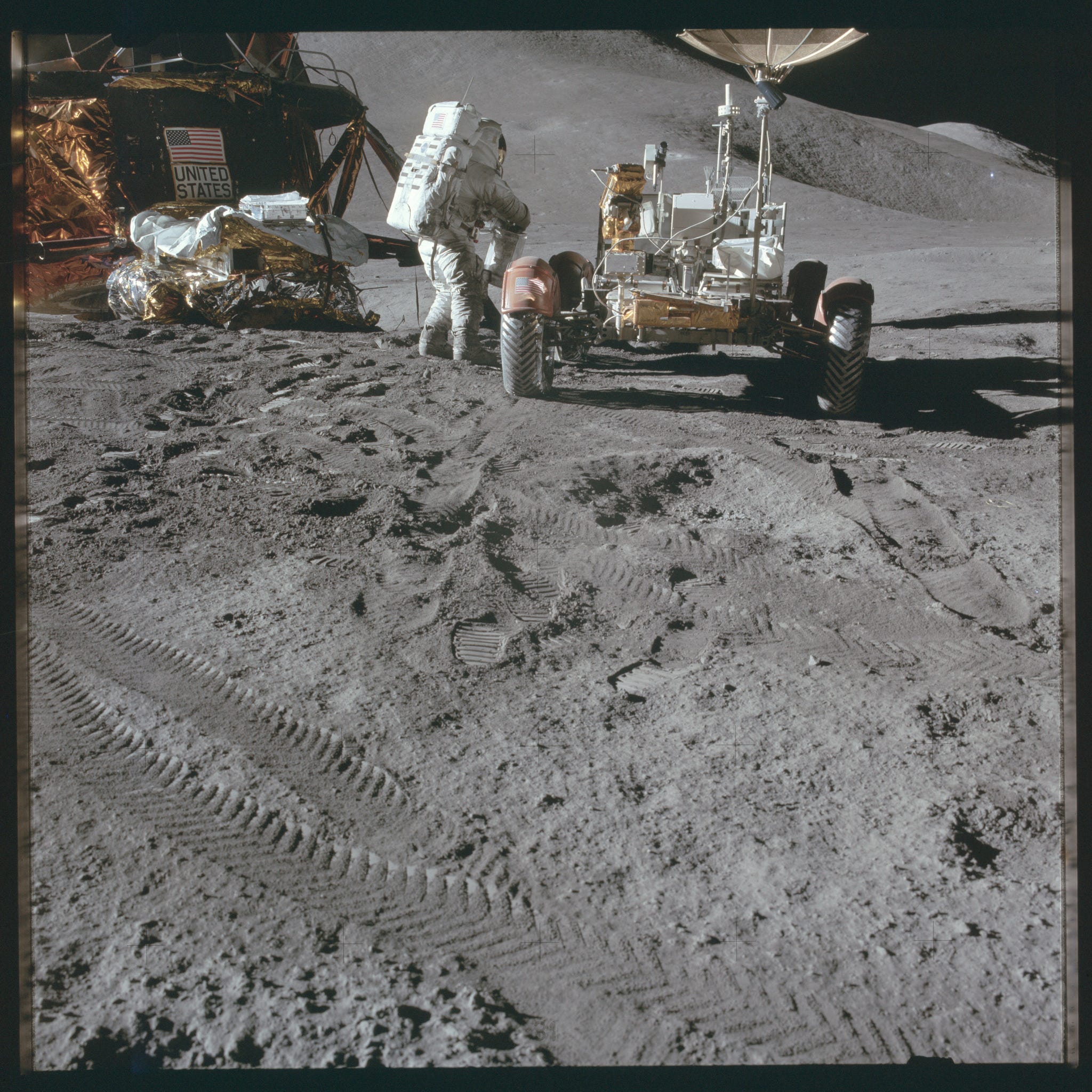
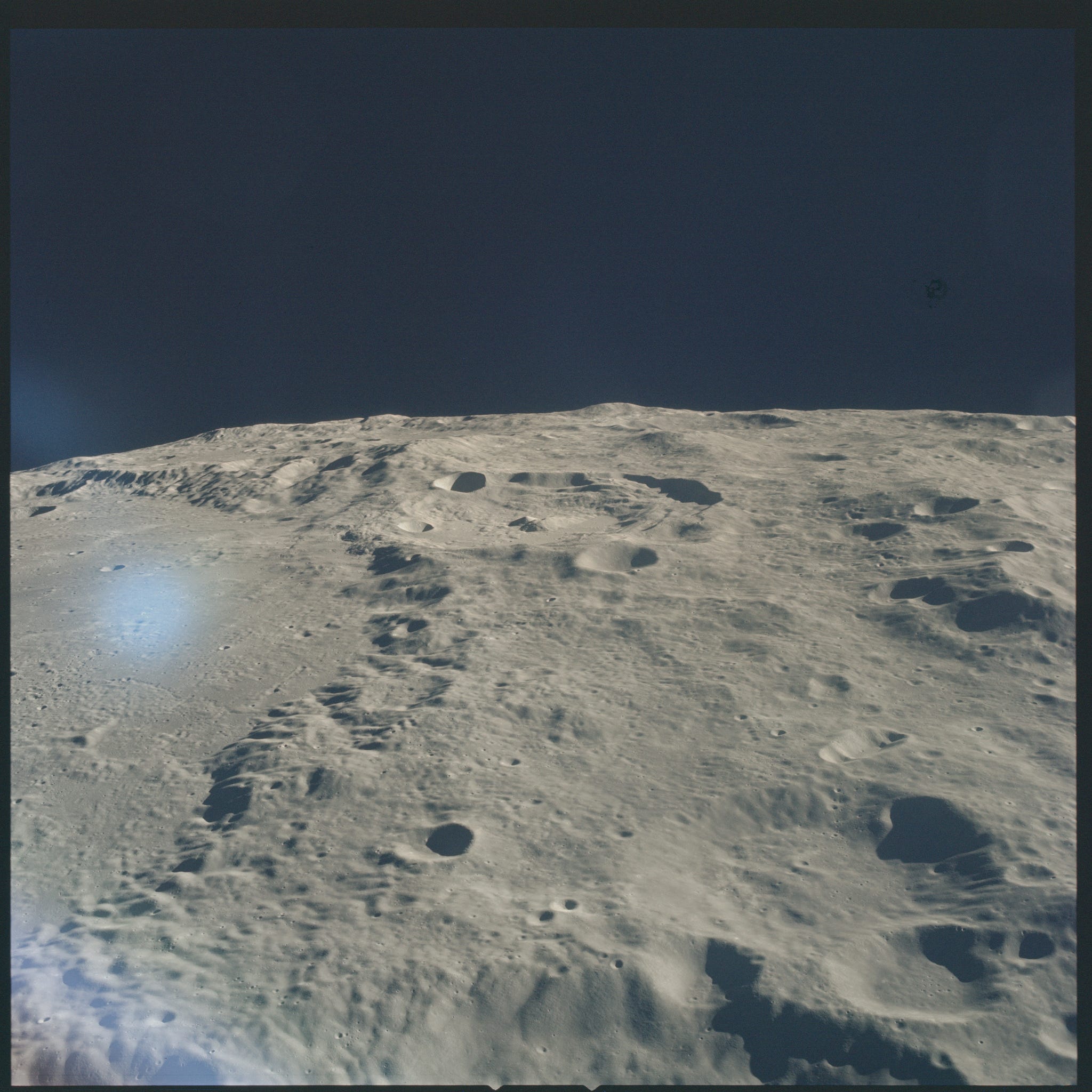

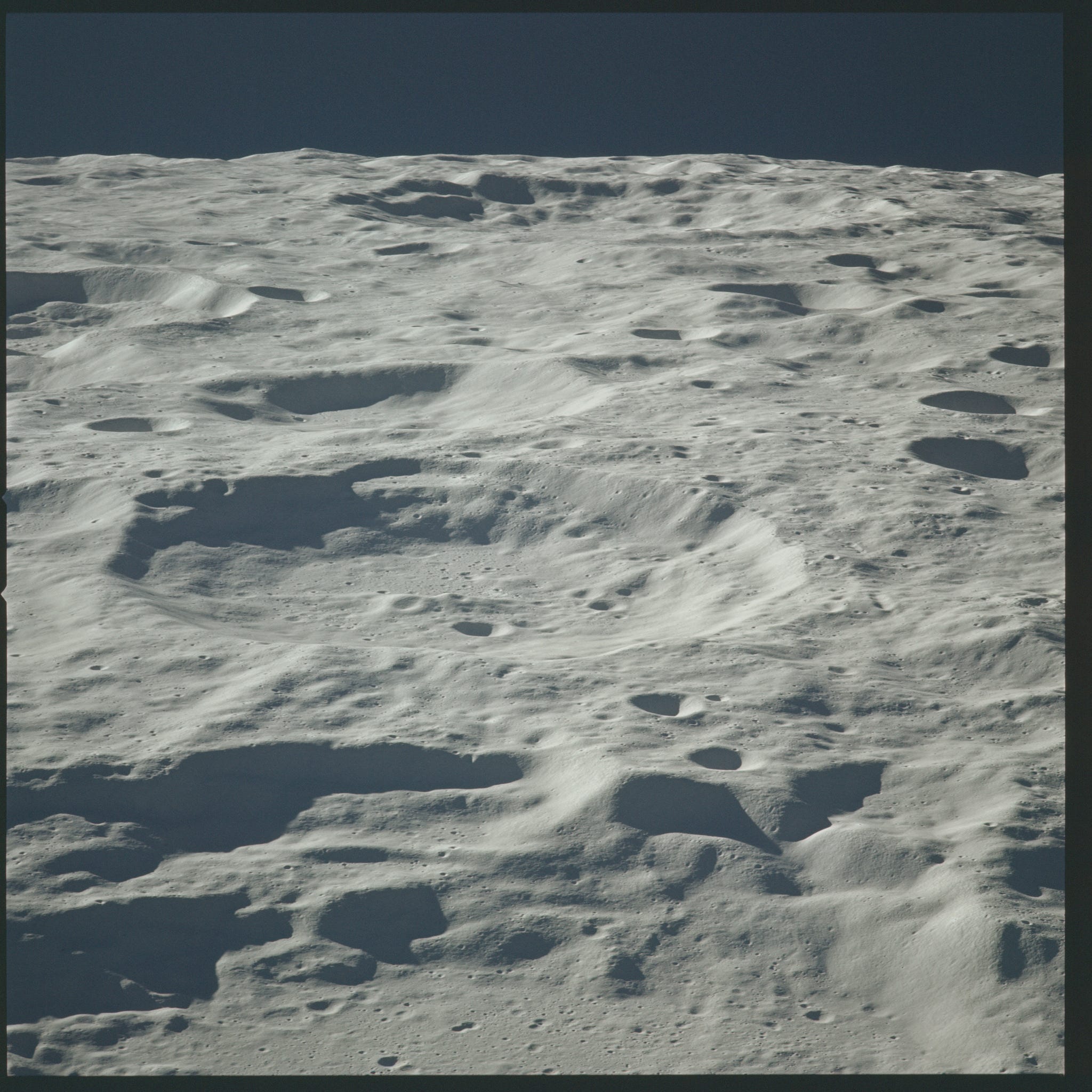
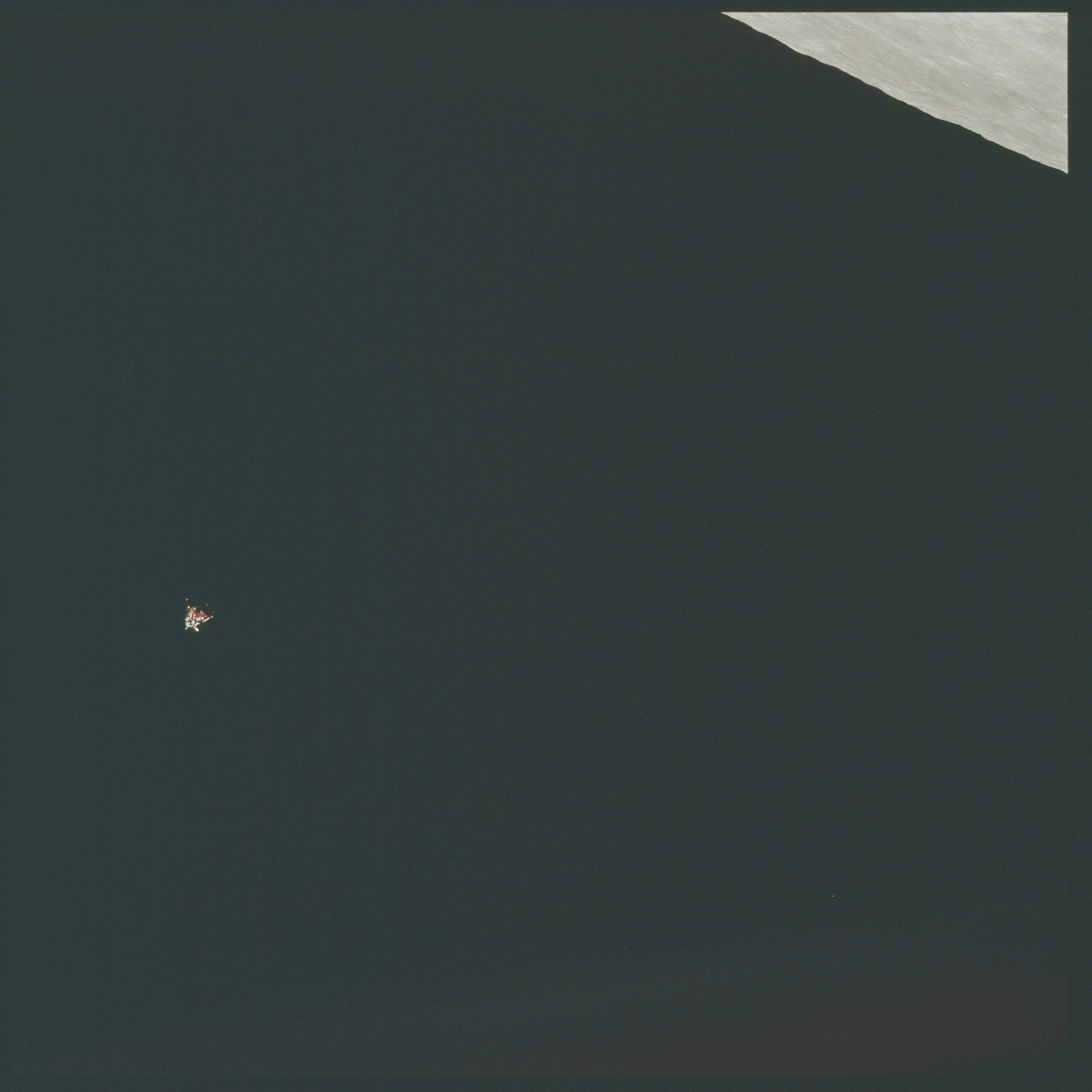
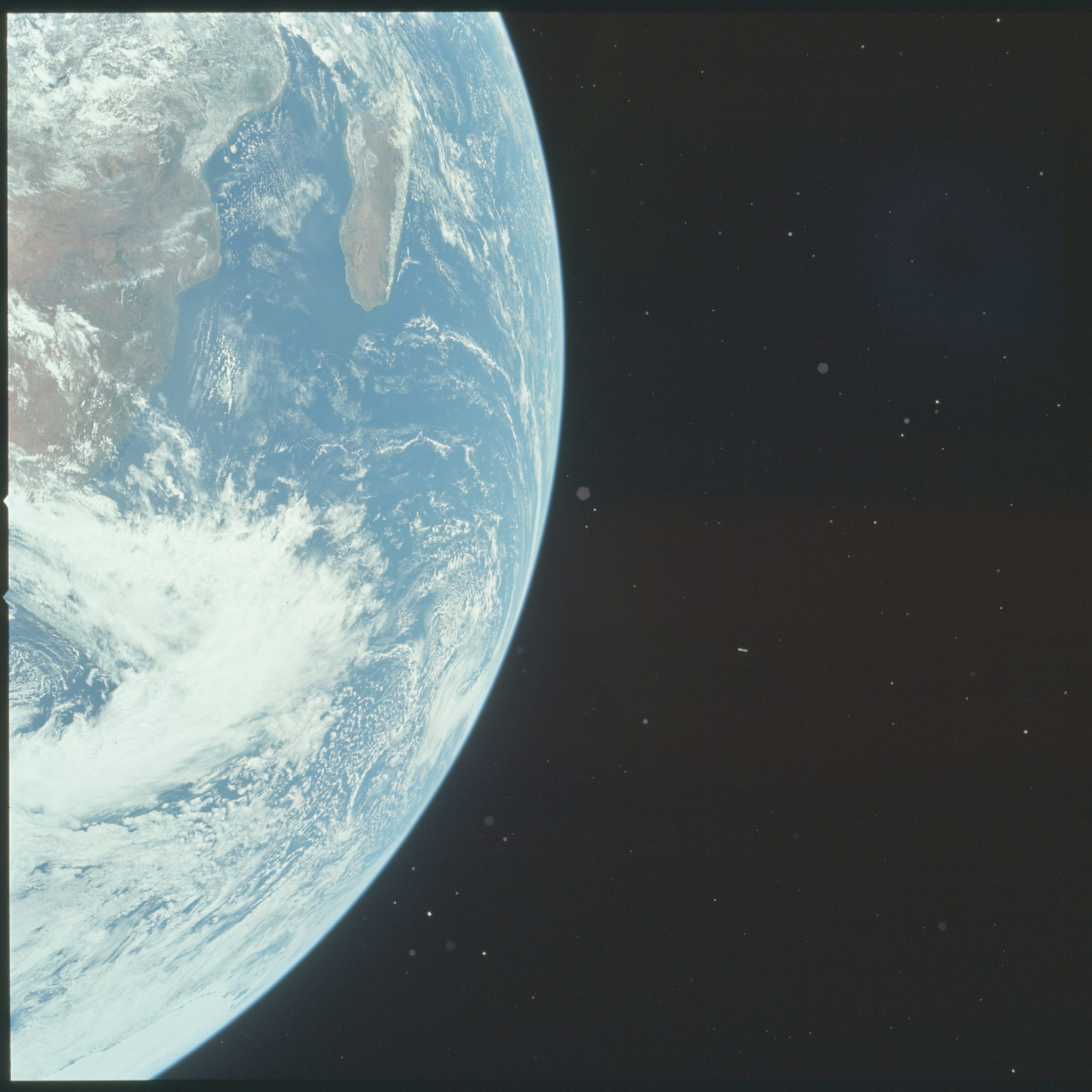

Take a look through as many of the galleries as you like, which is full of both iconic and never-before-seen photos, all in their original, unprocessed state. As you do, reflect on this, if you will: how much would you invest, personally, to see humanity return to our exploration of the Universe? How much would you give to see our species and the life from our planet extend beyond the Earth to the worlds, planets, and even the stars beyond?
And if the answer to that is anything akin to, “more than we’re investing right now,” perhaps you should think about the follow-up question, “why not?”
Missed the best of our comments of the past week? Check them out here!
Leave your comments at our forum, and support Starts With A Bang on Patreon!





